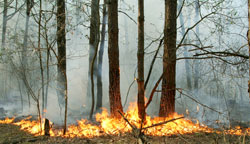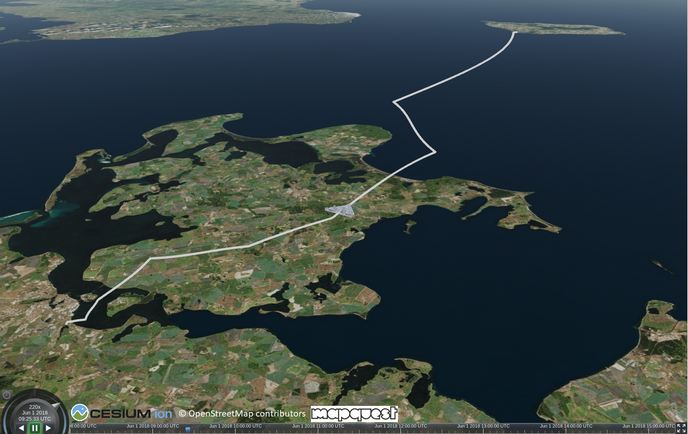Forest fire monitoring with Unmanned Aerial Vehicles
Unmanned Aerial Vehicles, or UAVs, are being deployed in increasing numbers, especially where pilot safety is a critical factor. Engineers face the challenge of upgrading early, simplistic models to satisfy the demands of their new missions. The Information Society Technologies (IST) Programme funded a multi-million Euro R&D project entitled COMETS with the aim of creating a next generation UAV control system. Robotics specialists with the Asociación de la Investigación y Cooperación Industrial de Andalucía (AICIA) helped design the COMETS architecture upon which the system is based. The heart of the system is a communications system that allows the different COMETS components to talk with one another. For instance, missions involving multiple UAVs of different types (e.g. helicopters and airships) are planned and monitored through a control centre. Feedback from the UAVs, such as aerial photographs and sensor readings, is fed into a perception system that is used to rearrange flight plans as needed. Finally, a key component of COMETS oversees the flight paths of all UAVs using UAV-specific Onboard Proprietary Components. The result is the ability to steer the UAVs in real-time or to program an autopilot. During the project, AICIA and its COMETS partners successfully tested the new system, demonstrating its value in forest fire monitoring.







